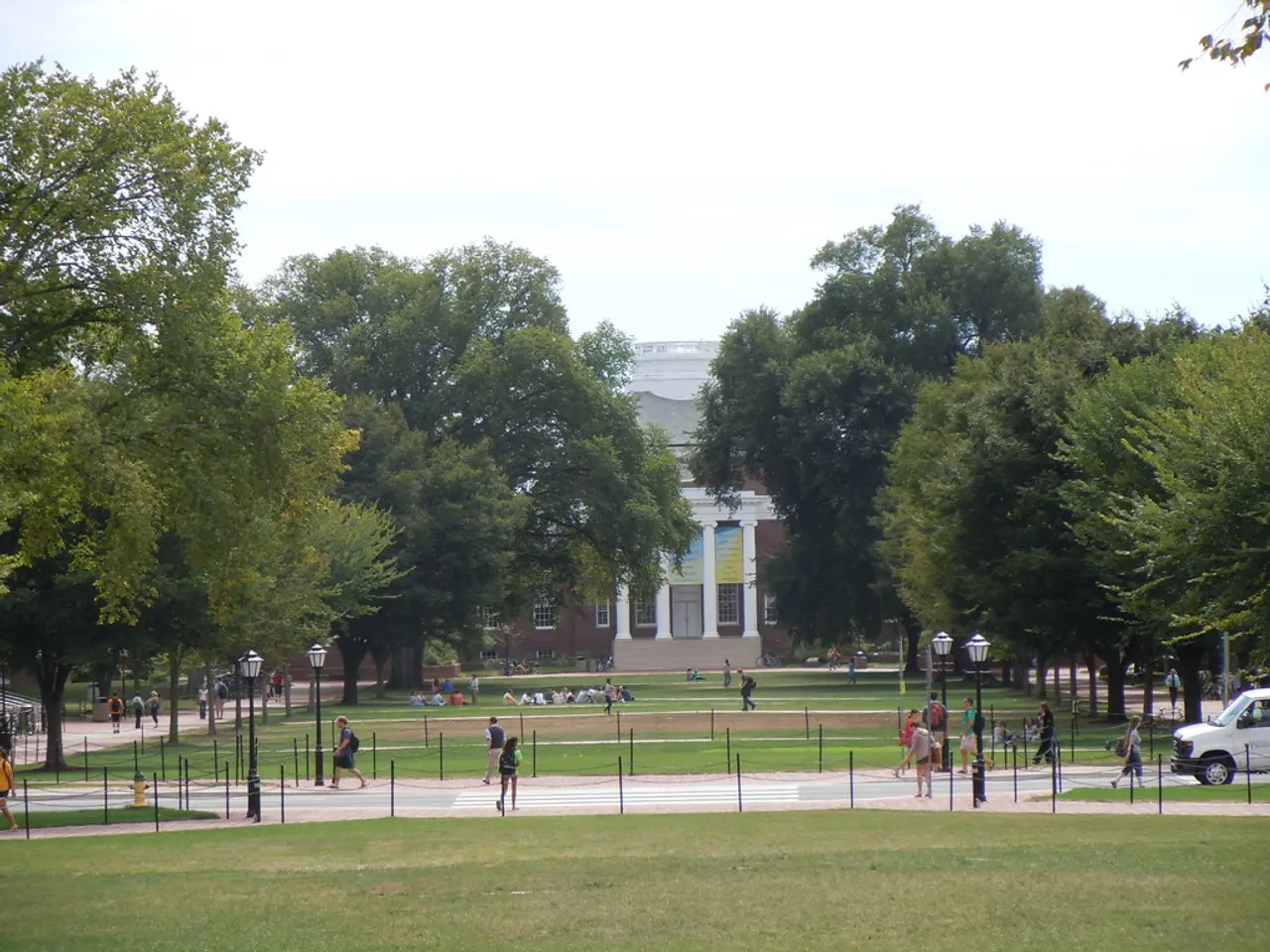Altering the Flow: How Seasonal Patterns Influence Mathematical Principles Tied to Natural Seasons' Movements
Seasonal changes offer a wealth of opportunities for children to learn and practice math in engaging and memorable ways, counteracting the potential learning loss often associated with breaks like summer.
During the summer months, many students experience a measurable decline in math skills, losing several months of progress made during the school year [2]. However, targeted interventions such as seasonal activities that incorporate festive, thematic math projects and manipulatives can help reinforce math concepts while supporting social-emotional learning, leading to strengthened understanding and better retention [1].
One such opportunity comes from germination experiments, which provide natural fraction and percentage practice. As seedlings grow, children can measure their progress and calculate the percentage of growth, making math relevant and practical.
Holiday countdowns also offer opportunities for skip counting and multiplication practice. By counting down the days until a special occasion, children can practice these essential math skills in a fun and festive context.
Winter sales provide another opportunity for children to practice percentage calculations while shopping for gifts. By calculating discounts and comparing prices, children can learn about percentage relationships in a real-world setting.
Summer sports camps offer a chance for children to measure field dimensions and track performance data, introducing them to geometry and data analysis concepts. Meanwhile, pool games like marco polo can help children understand perimeter concepts as they navigate boundaries.
Fall harvests provide opportunities for engaging data analysis lessons, such as calculating crop yields and analyzing weather patterns. This season also offers calendar math opportunities, as children plan seasonal activities and determine planting dates and harvest windows.
Seasonal earning opportunities, like lemonade stands, leaf raking, and snow shoveling, teach profit calculations and expense tracking. These activities provide a practical application of math skills, helping children understand the financial implications of their work.
Bean plants offer excellent division practice, as children count total leaves and divide by the number of plants. Spring's natural growth cycles offer opportunities for children to visualize multiplication and division concepts through living examples.
Measuring snowfall in winter helps children practice decimal precision, while preparing for seasonal expenses like school supplies, holiday gifts, and summer camps helps children practice percentage calculations while determining how much of their allowance to save for different seasonal goals.
Spring's abundant growth also provides opportunities for children to understand repeated addition, as they count the number of new buds on a tree or the number of flowers on a plant.
In conclusion, seasonal changes influence math learning mostly by creating breaks associated with skill loss. However, thoughtfully designed seasonal lessons can counteract this effect and improve retention [1][2]. By making math learning fun, engaging, and relevant to their everyday experiences, we can help children retain and strengthen their math skills throughout the year.
References:
[1] National Summer Learning Association. (2021). The Importance of Summer Learning. Retrieved from https://www.summerlearning.org/the-importance-of-summer-learning/
[2] Cooper, H., Nye, B., Charleston, C., Lindsay, J., & Greathouse, S. (1996). The Relationship of Family Summer Vacation to Student Academic Achievement. Journal of Educational Research, 89(5), 224-231. Retrieved from https://www.jstor.org/stable/1368174
Science and technology can intertwine with education-and-self-development during summer, as children can measure snowfall fractions and track spring plant growth using technology for more precise decimal calculations. Additionally, lifestyle events such as seasonal earning opportunities or holiday countdowns present life-learning moments to practice math concepts, reinforcing skills and providing real-world applications in a fun and engaging manner.




